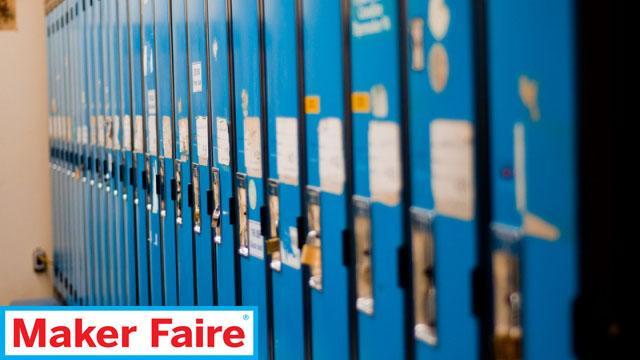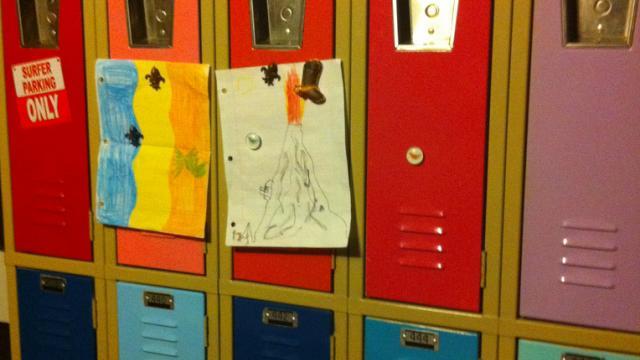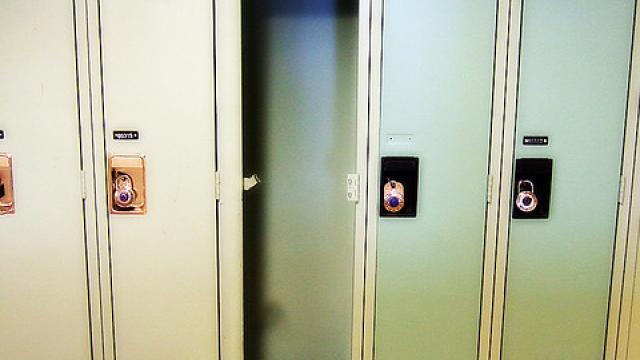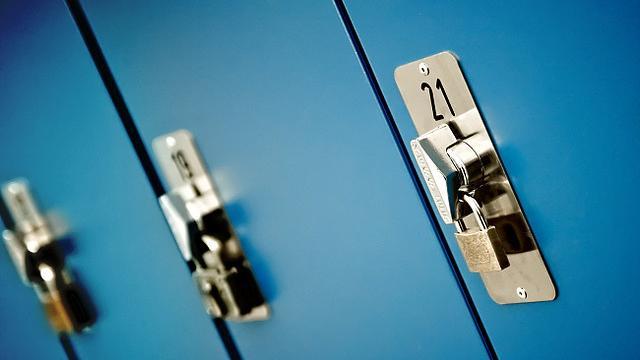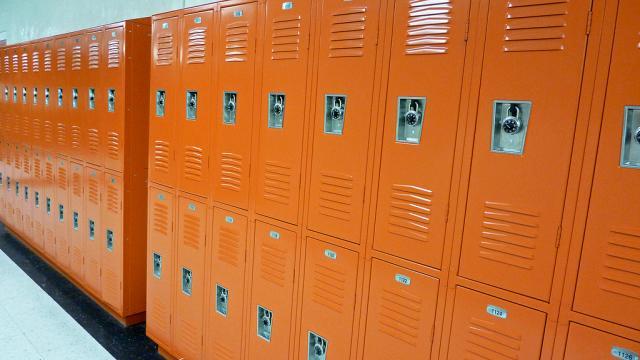This locker main feature is the fingerprint scanner. As now security is no issue now that you have to be the person to open it and if you want you can add other people's fingerprint so it can unlock with their fingerprint quick and easy no combination so you dont need to remember a thing. This locker helps students be on time to classes as its a quick easy and go lock and take what you need. The locker focuses heavily on keeping you organize as it has a compartment in the bottom that allows you to keep shoes, clothes, bags, etc. The locker has magnetic devices inside the lockers that requires you to connect them allowing the magnetics to hold anything you want your books, clothes, homework what ever you want and its quick and easy to grab it off the magnets so you just grab and go wasting no time.

